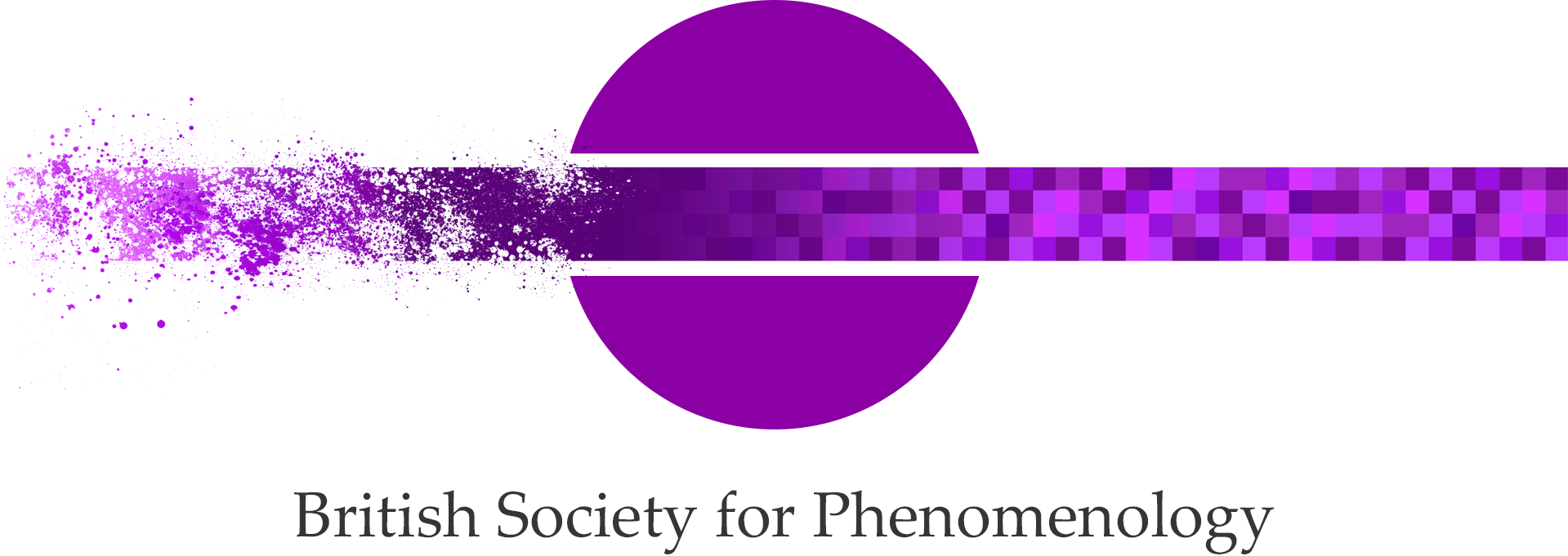CfP for Special Issue of the Journal of Aesthetics and Phenomenology. Editor: Harri Mäcklin. Deadline for abstracts 15 January 2023.
Call for Papers
Journal of Aesthetics and Phenomenology Special Issue 2023
Early Phenomenological Aesthetics
Editor: Harri Mäcklin (University of Helsinki)
Recent years have witnessed a surge of interest in the early history of the phenomenological movement. However, the role of aesthetics in early phenomenology has so far received only little attention, even though aesthetics has played a significant role in phenomenology ever since its inception.
The 2023 Special Issue of the Journal of Aesthetics and Phenomenology is dedicated to exploring the early history of phenomenological aesthetics. Here “early phenomenological aesthetics” refers to the aesthetic research done by Husserl and his early followers during roughly the years 1900–1939. “Aesthetics” is here taken to encompass both philosophy of art and aesthetic theory. Besides Husserl himself, thinkers such as Maximilian Beck, Waldemar Conrad, Hedwig Conrad-Martius, Johannes Daubert, Moritz Geiger, Roman Ingarden, Fritz Kaufmann and many others played a role in the formation of phenomenological aesthetics. They developed their views during a lively phase of German aesthetics, when many theoretical approaches, such as psychological aesthetics, formalism, Lebensphilosophie, and Neo-Kantianism, debated the very nature and method of aesthetics. At the same time, new forms of modern art, such as expressionism and impressionism, were shaking traditional conceptions of art. The development of early phenomenological aesthetics in the context of early 20th century art and aesthetics is still poorly understood.
The Journal of Aesthetics and Phenomenology invites authors to submit original research on all aspects of early phenomenological aesthetics. Possible questions include, but are not limited to the following:
- How did the early phenomenologists apply the phenomenological method to aesthetic issues?
- How did they understand the nature and scope of phenomenological aesthetics?
- What kind of interactions were there between early phenomenological aesthetics and its contemporary approaches, such as psychological aesthetics, formalism, and Neo-Kantianism?
- How was early phenomenological aesthetics received by its contemporaries?
- How did the developments of modern art influence early phenomenological aesthetics?
- How did the idealism-realism debate of early phenomenology influence the development of phenomenological aesthetics?
- How did phenomenological aesthetics spread outside Germany?
- What is the relevance of early phenomenological aesthetics for today’s aesthetic debates?
Authors are invited to send an extended abstract (1,500–2,000 words), formatted for blind review, to [email protected] by 15 January 2023. From these initial submissions, selected authors will be invited to submit a final, 6,000–8,000-word article, again for blind review, by 31 May 2023.
The timeline for submission, feedback and production is:
15 Jan 2023: Deadline for extended abstracts (1,500–2,000 words).
31 Jan 2023: Authors notified regarding ‘proceed or decline’ decision.
31 May 2023: Full paper (6,000–8000 words) submission deadline.
14 Jul 2023: Authors notified regarding acceptance or rejection.
1 Sept 2023: Deadline for final versions, including adherence to journal style guide and securing copyright and print-quality images, if required.
Nov 2023: Publication.
The style guidelines of the Journal of Aesthetics and Phenomenology can be found here:
https://www.tandfonline.com/action/authorSubmission?show=instructions&journalCode=rfap20
The submissions will go through a standard blind review process. For further inquiries, please contact the editor Harri Mäcklin at [email protected].

